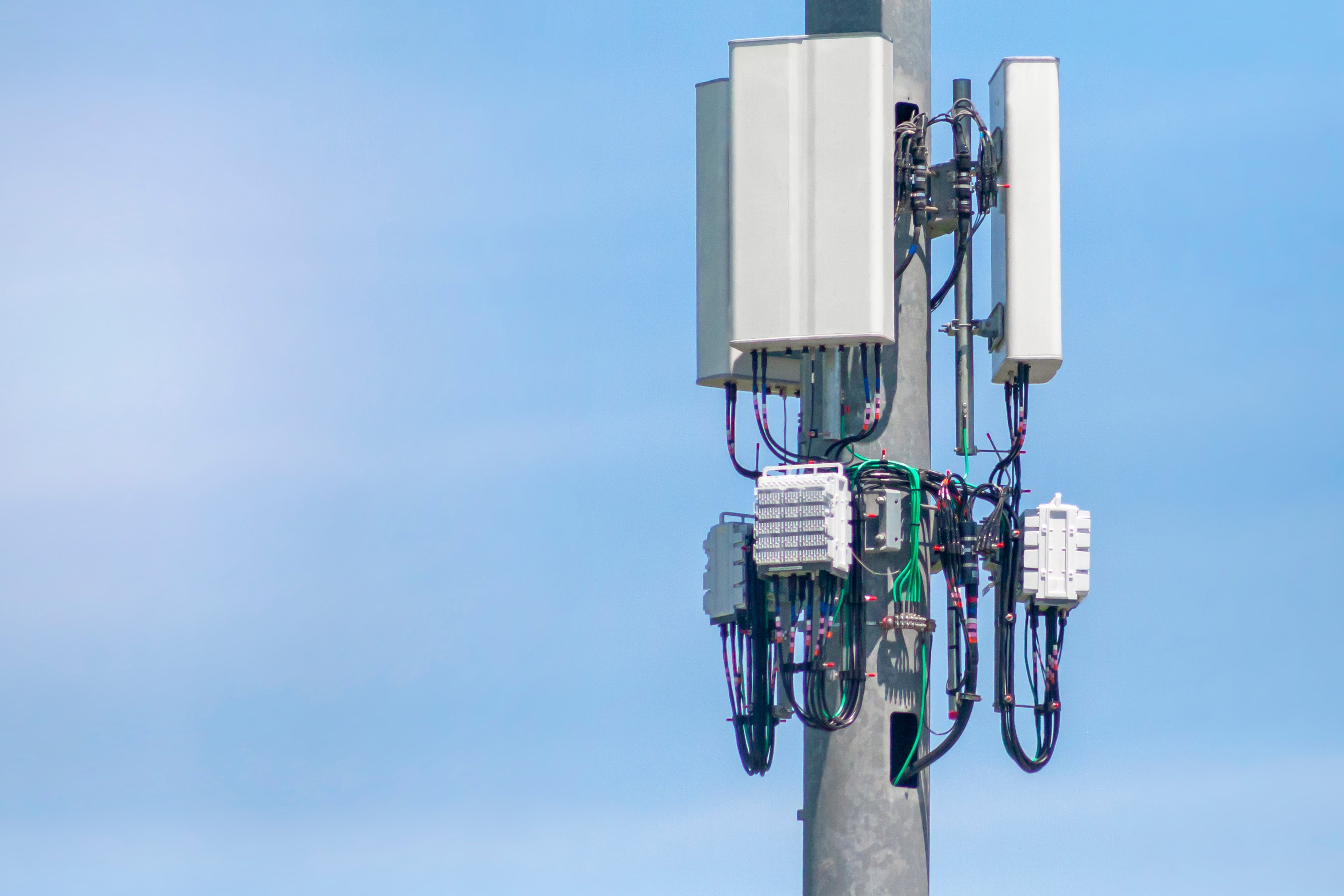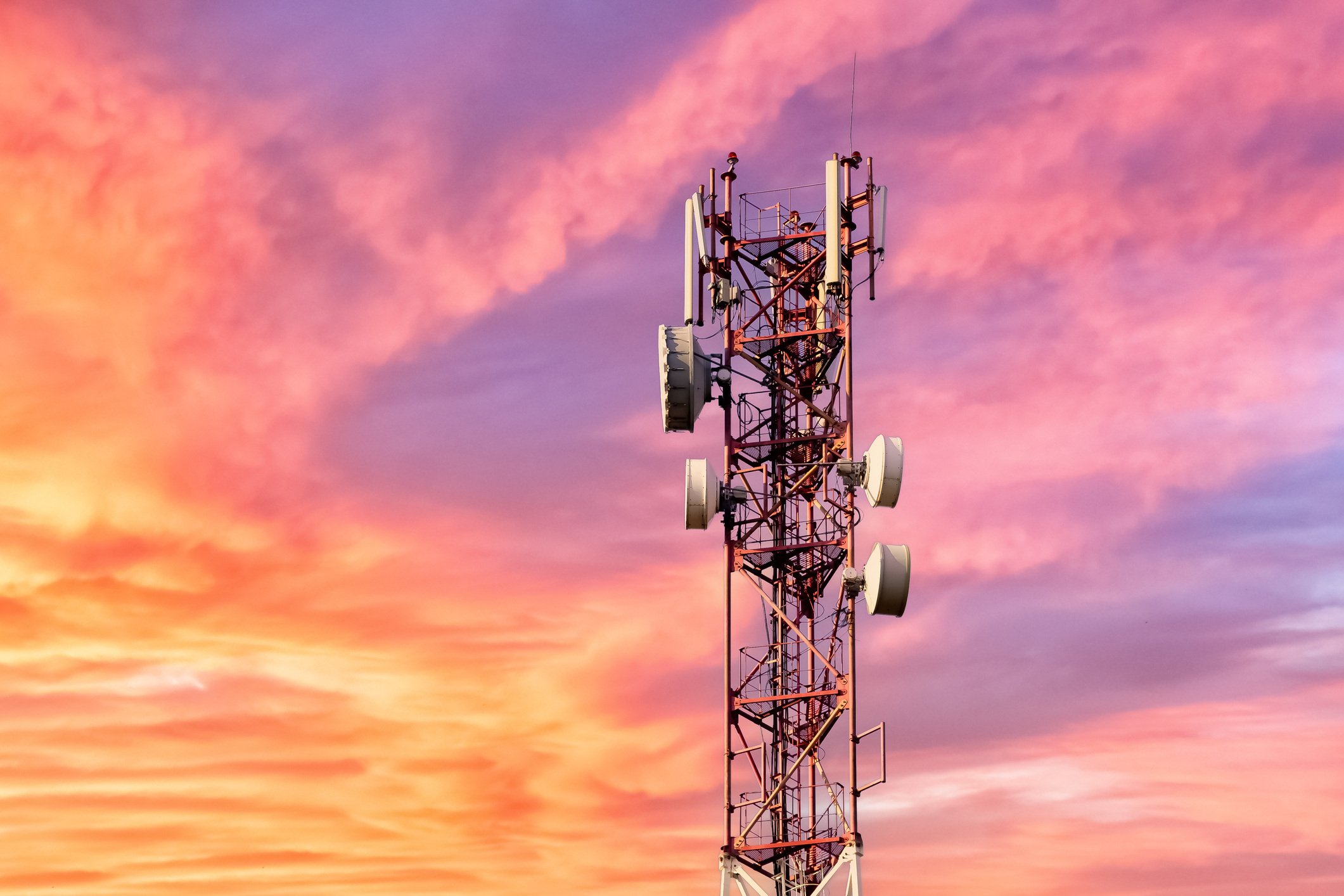
- April 2025 (1)
- March 2025 (2)
- February 2025 (1)
- December 2024 (2)
- November 2024 (2)
- August 2024 (2)
- June 2024 (3)
- May 2024 (3)
- April 2024 (1)
- March 2024 (3)
- February 2024 (2)
- January 2024 (2)
- December 2023 (1)
- November 2023 (2)
- October 2023 (2)
- September 2023 (1)
- August 2023 (1)
- July 2023 (2)
- June 2023 (3)
- May 2023 (2)
- April 2023 (1)
- March 2023 (4)
- February 2023 (1)
- January 2023 (2)
- November 2022 (2)
- October 2022 (1)
- September 2022 (1)
- August 2022 (2)
- July 2022 (2)
- June 2022 (2)
- May 2022 (1)
- April 2022 (3)
- March 2022 (1)
- February 2022 (3)
- January 2022 (2)
- December 2021 (1)
- November 2021 (1)
- October 2021 (2)
- September 2021 (3)
- August 2021 (1)
- July 2021 (4)
- June 2021 (1)
- May 2021 (2)
- April 2021 (2)
- March 2021 (2)
- February 2021 (3)
- January 2021 (3)
- December 2020 (1)
- October 2020 (1)
- August 2020 (1)
- August 2019 (1)
- January 2019 (2)
- September 2018 (5)
- June 2018 (1)
- November 2017 (1)
- September 2017 (1)
- July 2017 (1)
- May 2017 (1)
- January 2017 (1)
- October 2016 (2)
- August 2016 (1)
- July 2016 (1)
- June 2016 (1)
Subscribe by email
Internet connectivity is foundational to the IoT ecosystem, linking devices, sensors, and cloud platforms to facilitate communication. Cellular stands out as the optimal choice for IoT because of its global availability, reliable performance, and potential for monetization. Whether you’re looking to launch a new IoT product or upgrade your existing infrastructure, deciding to transition to cellular IoT is a strategic move worth considering.
As a leading provider of cellular data plans, SIM cards, and a cutting-edge connectivity management platform, we’re confident cellular IoT can drive growth for your business, and we understand what’s required to make it happen. In this article, we’ll explore the advantages of switching to cellular and guide you through the essential steps to transition seamlessly.
Benefits of cellular connectivity for IoT
If you haven’t yet decided on a type of wireless IoT technology, here are some key advantages of cellular to consider.
Global availability
Cellular emerges as the top contender for IoT, first and foremost, for its global availability, which is invaluable if you’re seeking to expand your IoT solutions worldwide. Cellular IoT devices can often roam seamlessly between different cellular networks and even between countries. This global availability allows for international IoT deployments without the need for significant reconfiguration or the use of multiple connectivity solutions.
Cellular technologies adhere to globally recognized standards, ensuring interoperability and seamless communication across borders. This standardized approach simplifies the integration of IoT devices, reduces compatibility issues, and creates a cohesive IoT ecosystem on a global scale.
Support for high data volumes
Cellular networks, especially 4G LTE and 5G, can handle high data volumes. This is particularly important for IoT applications that generate and transmit large amounts of data, such as video surveillance or industrial sensors. High data capacity ensures IoT devices can send and receive data without bottlenecks or performance issues.
Learn more: 5G and IoT: What it Means for Connectivity
Reliability
Cellular networks are designed for high uptime and offer redundancy mechanisms that minimize downtime. This reliability is crucial for IoT applications that require continuous data flow and real-time responsiveness.
Cellular connectivity can be a reliable backup or failover option for critical IoT applications. In scenarios where the primary connectivity source, like Wi-Fi or a wired connection, experiences interruptions or failures, cellular connectivity can seamlessly take over. This reliability is vital for applications and crucial for any business's continuity, especially for emergency response systems and mission-critical operations.
Learn more: What is Network Redundancy and Is It Critical for IoT?
Scalability
Cellular IoT deployments can quickly scale to accommodate a growing number of devices, unlike other connectivity options that may require substantial changes to the infrastructure as your IoT deployment grows. You can start with a modest number of IoT devices and expand gradually without requiring extensive infrastructure changes. This not only saves you time and resources but also reduces deployment delays.
Security
Cellular networks prioritize security to protect against data breaches and unauthorized access. Each IoT device is assigned a unique SIM card with a specific identifier that is securely stored on the SIM. When a device connects to a cellular network, the network verifies the device's identity by authenticating the SIM card. This two-factor authentication ensures only authorized devices can access the network and exchange data.
Fast data transmission and low latency
Fast data transmission and low latency are significant advantages of cellular IoT, ensuring that data is delivered quickly and with minimal delay. 4G and 5G cellular networks are engineered to handle high data speeds, making them ideal for applications that require real-time responsiveness. Low latency ensures IoT devices communicate quickly with cloud platforms, enabling applications like remote control, autonomous systems, and instant data analysis.
Extensive coverage
Cellular networks blanket diverse geographic areas, ensuring IoT devices can maintain connectivity even in remote or rural locations where other connectivity options may be limited. NB-IoT, in particular, is designed for efficient and low-power IoT communication, making it well-suited for extending coverage to challenging and off-grid environments.
Opportunity for monetization
You can monetize your IoT investments by providing value-added services and implementing subscription billing models. These models allow you to charge customers for continuous access to your IoT solution's invaluable insights and functionalities. This potential for revenue covers your ongoing connectivity and infrastructure costs and promotes innovation and expansion of your business.
How to transition to cellular IoT
If you have decided to incorporate or transition to cellular connectivity within your IoT ecosystem, you have much to consider within each facet of the IoT technology stack. On the device side, you must factor in design, rigorous testing, adherence to certification standards, and efficient device management. You must also decide whether to develop new hardware with built-in cellular capabilities or retrofit existing devices with cellular modules or modems. These considerations support your connectivity decisions.
On the connectivity side, here’s what to consider to deliver a reliable, scalable, cost-effective cellular IoT solution.
1. Consider your environment and data requirements
First, you must evaluate your specific use case and determine your bandwidth needs. Some IoT applications demand high data rates for real-time video streaming, while others, such as environmental monitoring, can operate efficiently with low data rates. Concurrently, consider your device’s power consumption. For battery-powered devices or those in remote locations, minimizing power consumption is vital to prolong device lifespans and reduce maintenance requirements.
Coverage within your IoT environment also warrants attention. Different applications operate in diverse geographic areas with varying cellular network coverage. Industries like agriculture, for instance, may require coverage in expansive rural regions, while smart cities need to ensure seamless connectivity within densely populated environments.
Additionally, specific applications might be situated in extreme environments, underground, or behind walls that are challenging for cellular signals to penetrate. In such scenarios, choosing cellular connectivity options designed for deep penetration or extended range becomes a strategic consideration.
2. Choose a cellular technology
The choice of cellular technology directly impacts your IoT project's performance, coverage, and capabilities. Selecting the right technology ensures your devices can efficiently transmit data, meet latency requirements, and function reliably within their intended environment.
4G LTE and 5G are versatile and widely available cellular technologies suitable for many IoT applications. They provide fast data speeds and low latency, making them ideal for real-time data transmission applications.
Narrowband IoT (NB-IoT) is optimized for low-power, wide-area IoT deployments. It excels in scenarios where devices are situated in challenging environments or behind obstacles, making it ideal for applications like remote monitoring, asset tracking, and smart agriculture.
LTE-M (or LTE CAT-M1) is designed specifically for IoT devices that transmit small to medium amounts of data. It excels in extending coverage and ensuring secure, efficient communication, making it an ideal choice for a wide range of IoT applications.
3. Plan for scalability
As your deployment grows, scalability becomes crucial to efficiently manage an increasing number of devices. Planning for scalability ensures that your infrastructure, data plans, and device management systems can handle growth without causing operational disruptions or escalating costs.
Evaluate your chosen data plans to confirm they can scale alongside your growing device count while maintaining cost-effectiveness. Also, make sure you have a connectivity management platform that can monitor the connectivity of all devices, manage all data plans regardless of different carriers, and guarantee automatic device activations without extra work for your team.
4. Choose a suitable carrier (or several)
The cellular carrier you select influences the quality and reliability of your IoT connectivity. While traditional carriers provide direct access to their networks, working with a connectivity reseller can offer distinct advantages. Connectivity resellers specialize in tailoring IoT-specific solutions, providing more flexible pricing models, simplified billing, and personalized support.
When choosing a carrier, remember that you may need more than one. There’s no one “silver bullet” carrier, especially if you’re planning to expand to new countries. Depending on the country, one carrier may be more cost-effective than another to receive better coverage. In this scenario, it’s often best to consider multiple carriers to ensure comprehensive coverage and cost-efficiency for your IoT deployments. By strategically selecting carriers based on geographic regions and cost-effectiveness, you can build a resilient and well-connected IoT network that meets your global connectivity needs.
Zipit Wireless can help you navigate the complexities of cellular IoT deployments and ensure that your connectivity plan precisely matches your project's requirements. We are a single source for multiple carriers and will handle carrier negotiations and contracts on your behalf. Our connectivity management platform helps you manage activations, deactivations, SIMs from multiple carriers, and data usage all in one place. And whenever you need support, we’re just a phone call away.
5. Choose a cellular modem and SIMs
Cellular modems and SIM cards are the foundational components of cellular IoT connectivity. Selecting the appropriate hardware ensures your devices can reliably connect to the chosen cellular network. Cellular modems are hardware components that enable devices to connect to cellular networks. Select modems that match your chosen cellular technology.
SIM cards are needed for device authentication on the cellular network. Choose the appropriate SIM cards, such as regular SIMs, eSIMs, or multi-carrier SIMs, based on your connectivity needs.
You have two primary options for designing your IoT solution: starting from scratch or selecting a chipset and modem. Pre-certified socket modems have already undergone carrier certifications, but they typically come at a higher initial cost than designing directly on the motherboard. However, opting for a pre-certified modem can save you expenses associated with carrier certifications. As your IoT project scales and you’ve successfully operationalized and monetized your devices, you can consider revisiting your solution to integrate a custom-designed module for added flexibility and optimization.
6. Implement a connectivity management platform
Incorporating a robust connectivity management platform into your cellular IoT transition is essential for efficiently overseeing data, device activations, deactivations, and IoT service subscriptions. This centralized system empowers you to manage data flow effectively within your IoT ecosystem, enabling precise control over data usage and allocation and streamlining connectivity management. Integrating a connectivity platform early can enhance operational efficiency, optimize data management, and provide a seamless experience for your team and IoT customers.
Within Zipit's connectivity management platform, you'll discover an IoT billing and subscription system designed to generate recurring revenue for your business. This powerful software equips you to create and manage subscription offerings, oversee user billing, handle data plan management, and even manage notifications and tax calculations. With these capabilities, you can efficiently monetize your IoT services while simplifying administrative processes and maximizing profitability.
7. Monitor and manage data usage
Efficient data usage management is crucial for controlling costs and optimizing the performance of IoT devices. Monitoring data usage allows you to prevent unexpected overages and ensures that your devices operate within the constraints of your data plans. A connectivity management platform makes monitoring and managing data usage efficient. Such a platform offers real-time visibility into data consumption across your devices. This granular insight allows you to stay well within the data constraints of your plans, preventing unforeseen overages and associated costs.
8. Choose a straightforward user interface
Selecting a user-friendly interface where users can seamlessly activate their devices and manage their subscriptions is pivotal in enhancing the overall user experience. A simple interface not only saves users time and effort but also fosters trust and satisfaction, contributing to the success and adoption of your IoT solution.
Zipit’s platform offers a user interface customized to your brand. The secure customer payment portal allows users to manage their subscriptions conveniently, view billing details, and securely process payments with ease and peace of mind.
9. Monetize your connectivity
Monetizing connectivity is a pivotal aspect of IoT business sustainability and essential if you intend to offer IoT connectivity as a service. Subscription billing is a compelling method to achieve this. It provides a revenue stream that extends beyond the initial device sale.
If you're manufacturing an IoT device, learn how to navigate the device certification process.
How Zipit can help you make the switch to cellular
At Zipit, we understand the complexities of transitioning to cellular connectivity for your IoT project. As a trusted cellular connectivity reseller, we can provide you with the flexibility to manage and monetize connectivity effortlessly and expedite your time to deployment without the complexities of negotiating carrier contracts.
Our competitively priced data plans, global and multi-carrier SIMs, and comprehensive connectivity management platform reflect our commitment to simplifying your cellular IoT journey. By leveraging our pre-negotiated contracts with leading carriers worldwide, you can effortlessly select the optimal carrier for each region, giving you a competitive edge.
With Zipit, activations are automated through our user-friendly interface, saving your team valuable time and allowing you to scale your IoT operations easily. Our platform also equips you with business intelligence tools with valuable insights into customer usage patterns and network usage, ensuring your IoT solution is data-driven and strategically positioned for success.
By choosing Zipit as your partner in the transition to cellular IoT, you gain access to the tools and expertise required to navigate this evolving landscape with confidence. We are here to simplify the complexities, unlock the full potential of cellular IoT connectivity, and help you achieve your IoT goals efficiently and effectively.
You may also like:
Related Content
The latest IoT insights and platform updates from Zipit.
IoT devices need flexible network technologies optimized for low-power application...
Every cellular-based IoT device relies on a public or private Access Point Name (A...
The network an IoT device selects significantly impacts the strength and reliabili...



